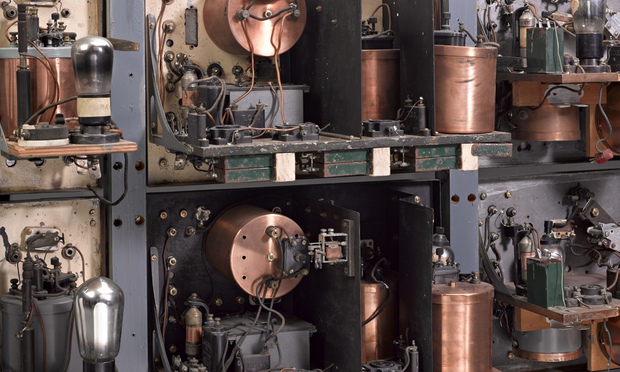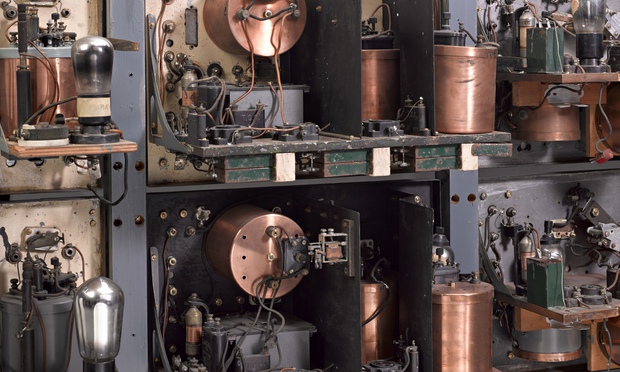In Britain, scientific evolution blossomed during the Second World War. The war brought a revolutionary change in British history. At the time, the versatile Sir Winston Churchill was the existing Prime Minister of Britain. Spurred by his interest in scientific inventions, Churchill, along with a band of eminent British scientists, made some phenomenal discoveries. In fact, the WWII era was an inspiration for researchers, who were working hard to create new inventions to help the country during and after the war. At this time scientific research in almost every field of life was being initiated — innovations such as surgical operations, discovery of new drugs, and research into radio astronomy and neurology.
To commemorate this forgotten era of British discovery The Science Museum of London has organised an exhibition to pay tribute to these innovators and the worldwide impact of their inventions. The exhibition, called Churchill’s Scientists, started on 23rd January 2015. The focus of this exhibition is how even while occupied as Prime Minister, Winston Churchill had a profound interest in the field of scientific research. Moreover, sometimes his own innovative ideas were backed by scientific research, resulting in world-class discoveries.
The curator at the museum, Andrew Nahum said: “He was very unusual in that he was a politician from a grand Victorian family who was also interested in new technology and science. That was quite remarkable at the time.”
Though an eminent political figure of his time, Churchill also wrote articles relating to science. His inspirations were H.G. Wells and Charles Darwin. The Oxford physicist, Frederick “The Prof” Lindemann, was Churchill’s first scientific advisor to address scientific innovations during that time.
Among the inventions at the exhibition is Robert Watson-Watt’s back-of-the-van radio receiver, which has become a favourite in the show and receives great attention. In 1935 Robert Watson-Watt, in a field close to the BBC’s Daventry transmission station, used this machine to showcase radar technology. Also on the list of exhibits is a camera that resembles a bulletproof car — it played a part in 1952 when Britain exploded its first atomic bomb on the islands of Monte Bello. Also at the exhibition is a diffusion screen. This screen was used in a procedure called gas diffusion, which enriches uranium for Britain’s atomic weapons programme, the The Guardian reports.
There is a display of an unusual research which did not involve machines but the human body and the healthy lifestyle made possible by healthy food. Proper, healthy food in the diet was essential to keep people physically fit during the war. Health food nutritionists like Robert McCance and Elsie Widdowson ran experiments that monitored the subjects’ stamina after they had healthy meals and went out on long bicycle rides.
The exhibition also commemorates eminent scientists whose remarkable inventions are still serving the world. Martin Ryle and Tony Hewish were among them. Their profound interest in the new field of radio astronomy helped them win a shared Nobel Prize in physics. John Kendrew won the Nobel Prize in chemistry for revealing the structure of an oxygen-binding protein, myoglobin.

